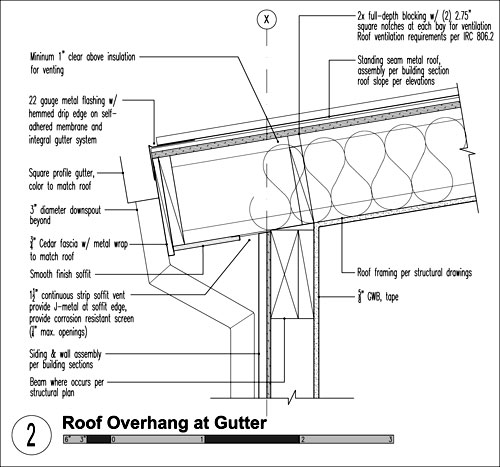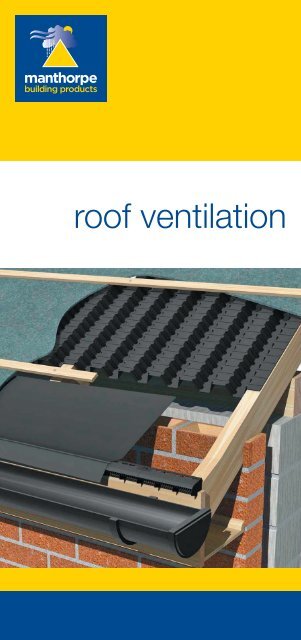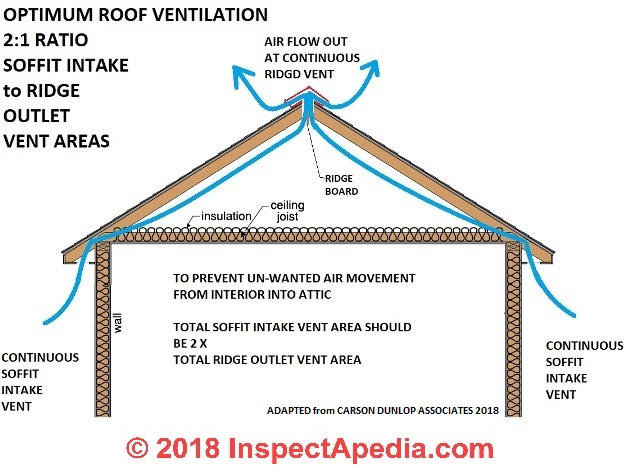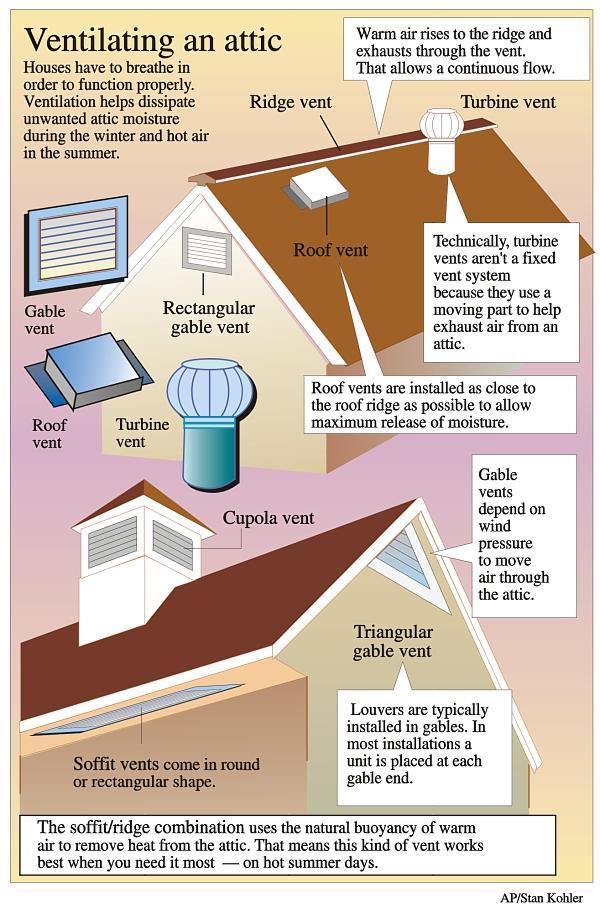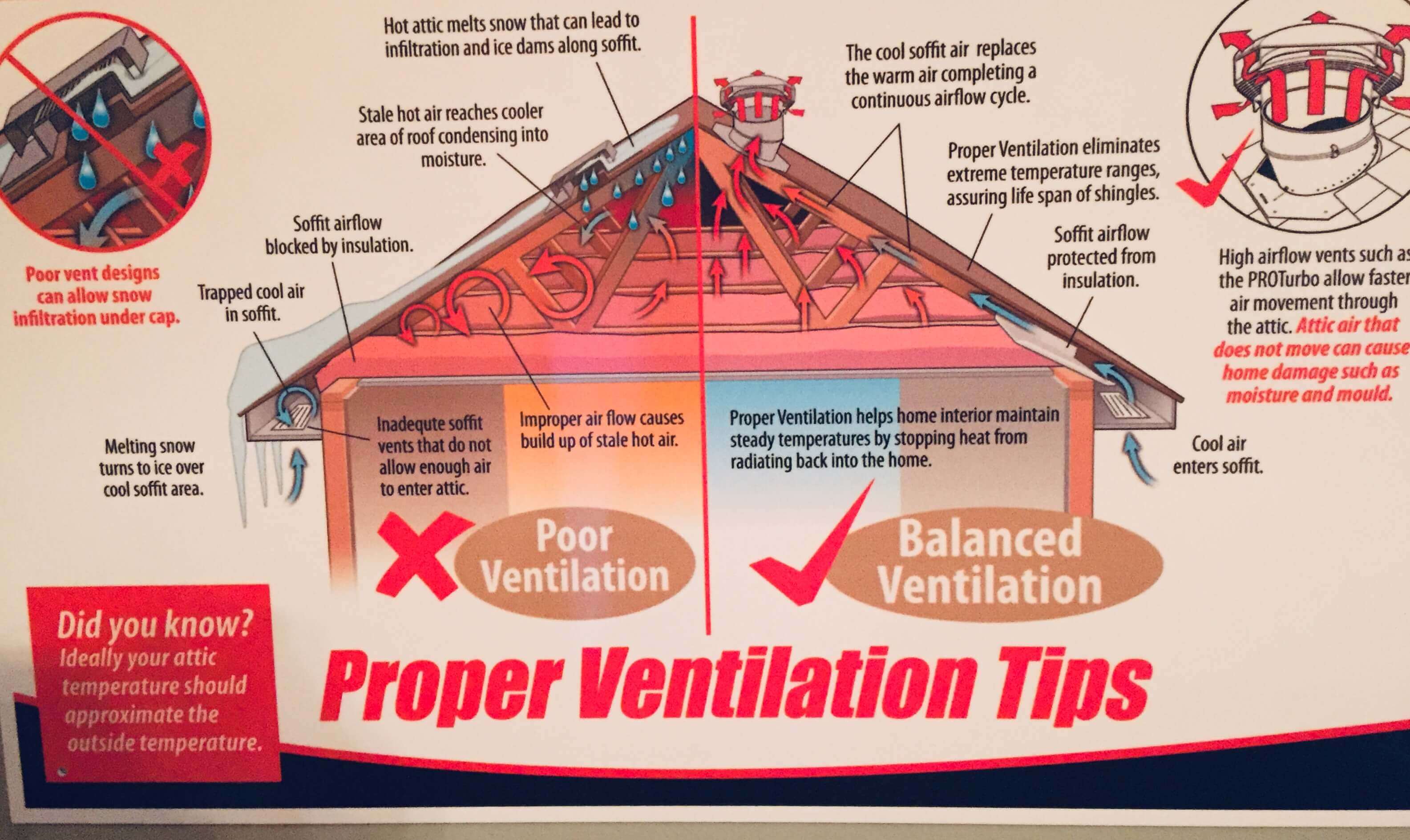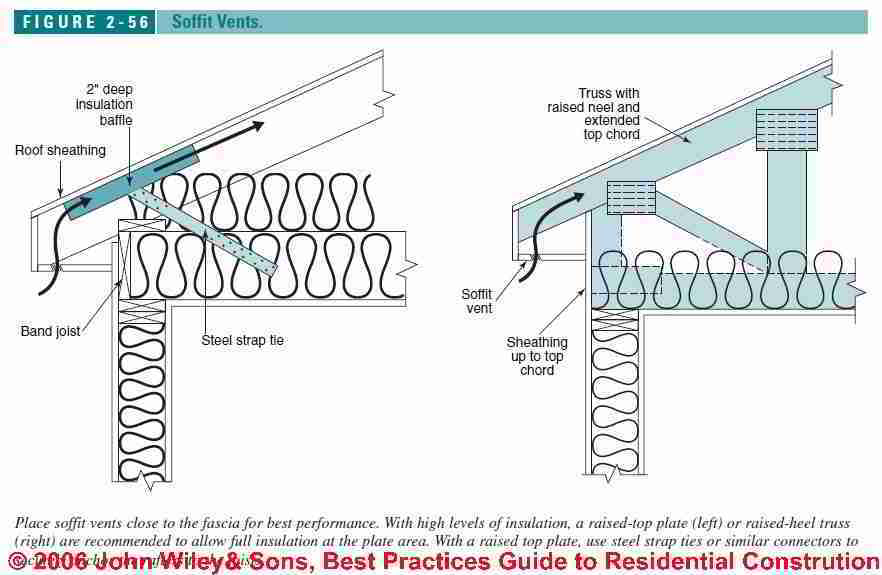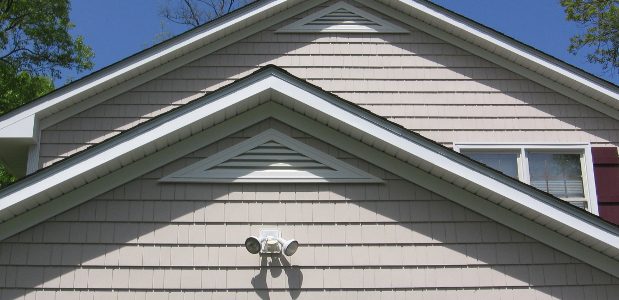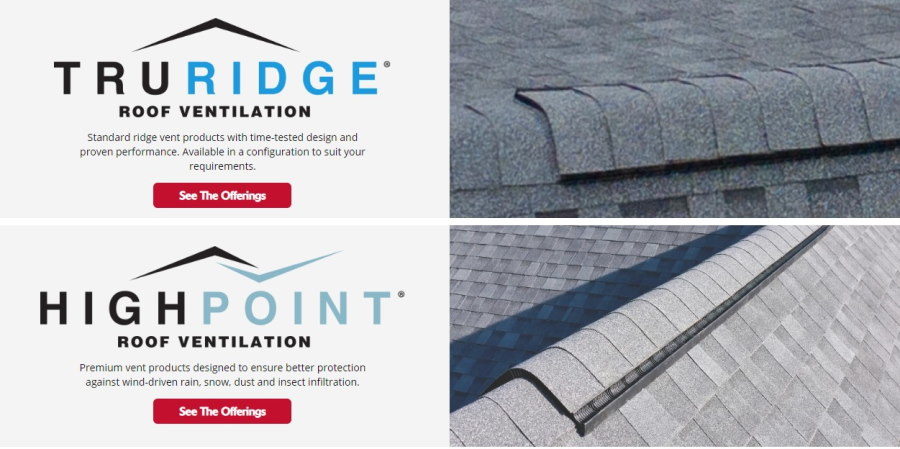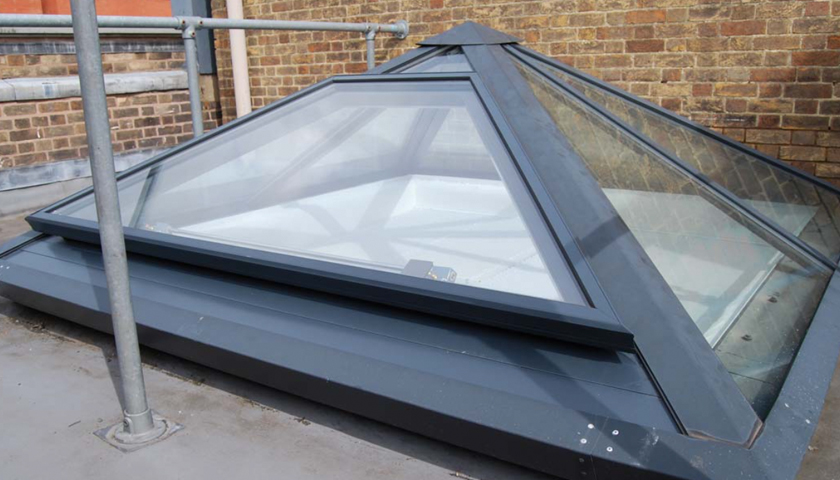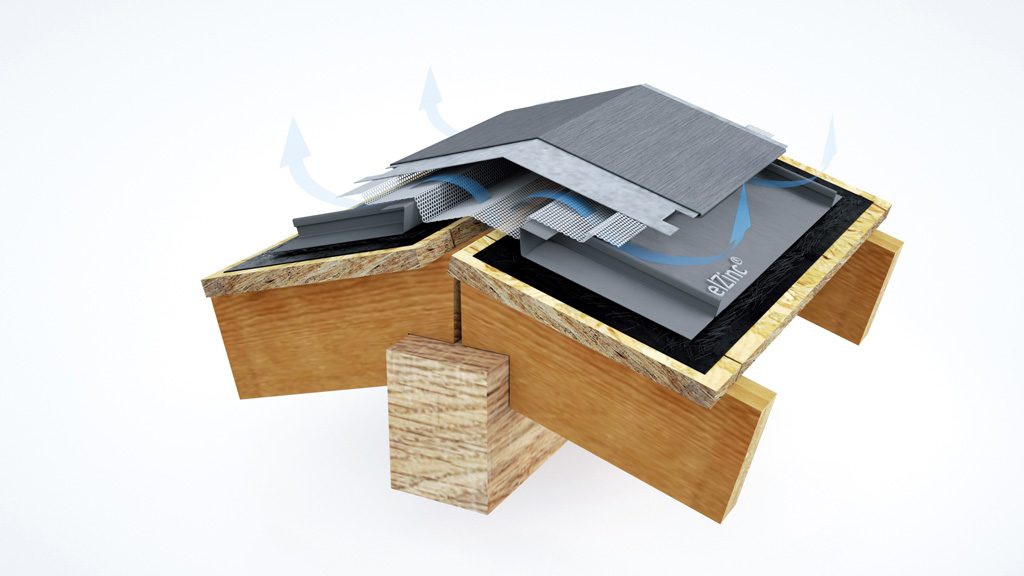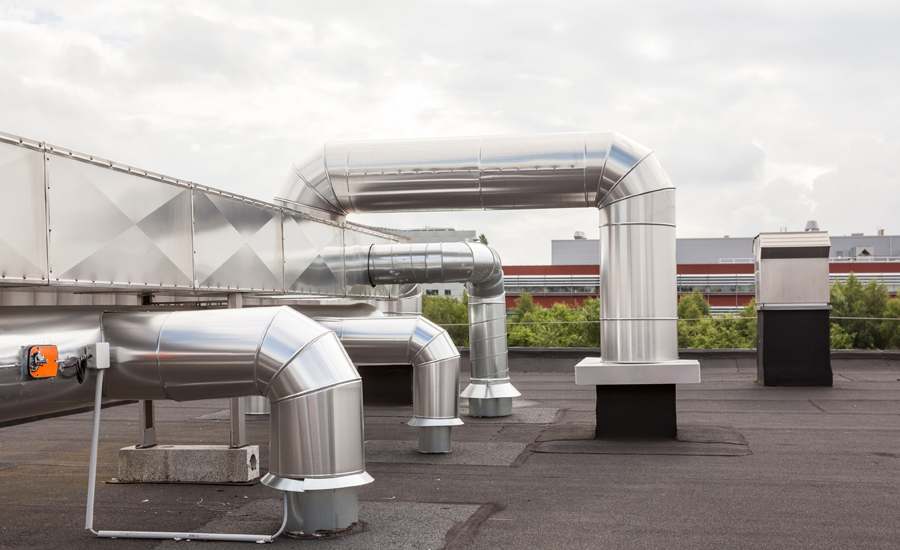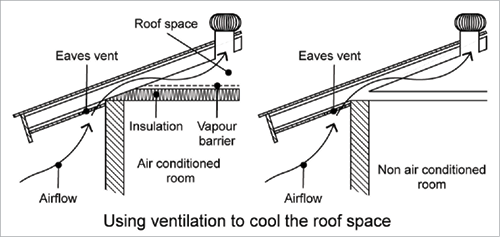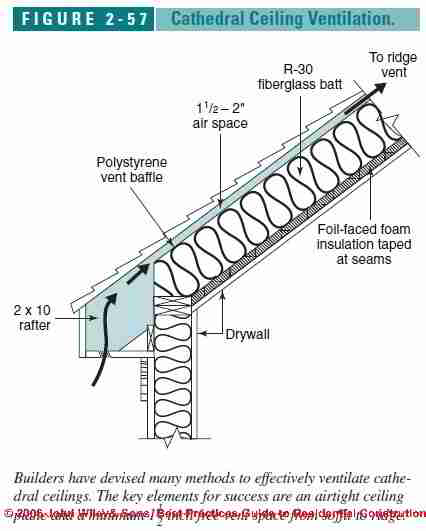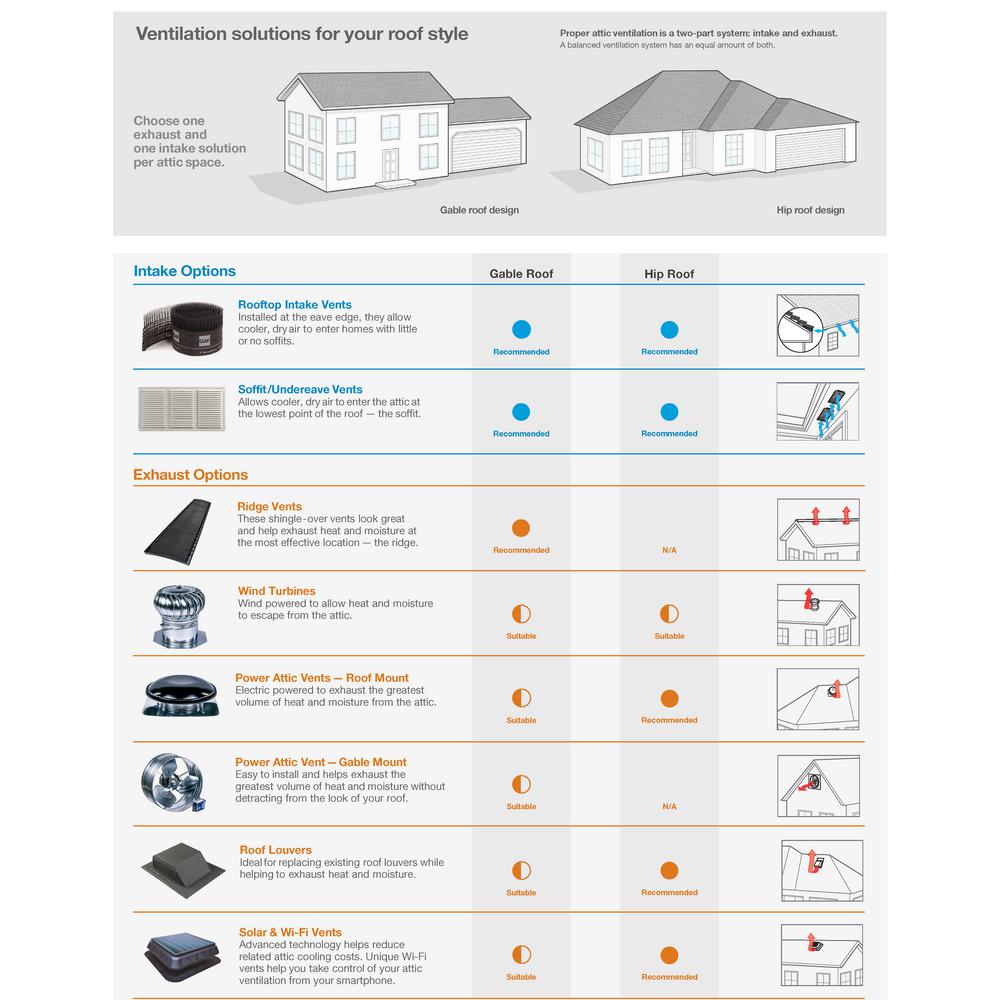Roof Design Ventilation
In short an adequate and balanced ventilation system is one that allows an equal amount of air to enter and exit the attic area.
Roof design ventilation. Roof system ventilation is required by the model building codes such as international residential code irc which includes irc r806 roof ventilation that requires ventilation for attics and cathedral ceilings and icc r9051 requirements for roof coverings that requires builders to follow the manufacturers installation instruction. This is easiest to do in a coop with a slanted roof ie a lean to style coop but it can be done on coops of other styles as well. Let owens corning roofing help you calculate exactly how much ventilation you will need for a healthy and balanced attic with our 4 step ventilation calculator. For all roof designs however the most important feature of a roof ventilation system is adequate and balanced airflow.
Ventilation is important for all parts of your house and the roof is no exception. Roof ventilation is not a new process by any means. Roof and attic ventsl protect your house from expensive future repairs. Roof ventilation in a cold climate vents moisture and ensures a cold roof temperature to avoid ice dams.
This article will help you determine if your attic is properly ventilated and show you. Adequate roof ventilation reduces cooling bills extends shingle life and prevents roof rot and ice dams in winter. Vent the roof deck. In a hot climate roof vents expel hot air from the roof or attic while relieving the load on the air conditioning system.
The term refers to a system which allows air to flow through the intake and exhaust. Advantages of proper roofing ventilation. One great way to design ventilation for both big and small coops is to leave a gap between the roof and at least one wall. Enter square footage calculate or enter the square footage of the attic or area to be vented.
What exactly does that mean. Both roof and soffit vents are easy to install in just a few hours. Vent roofs with steeples towers or cupolas can be found in different buildings from barns to cathedrals. The building codes and building science for natural roof ventilation however only appeared in the 1940s.
The installation of roof vents is a crucial part of roof design because it allows for proper attic ventilation which may help prevent condensation and early aging of your roofing materials. An important part of a healthy home and a complete roofing system is roof vents. The early to mid 20th century saw the development of this concept. If the attic space is going to be conditioned either for living or mechanical purposes or if a home design calls for a vaulted ceiling provision r8063 in the international residential code calls for the roof deck above the space to be vented continuously from the eave to the ridge.

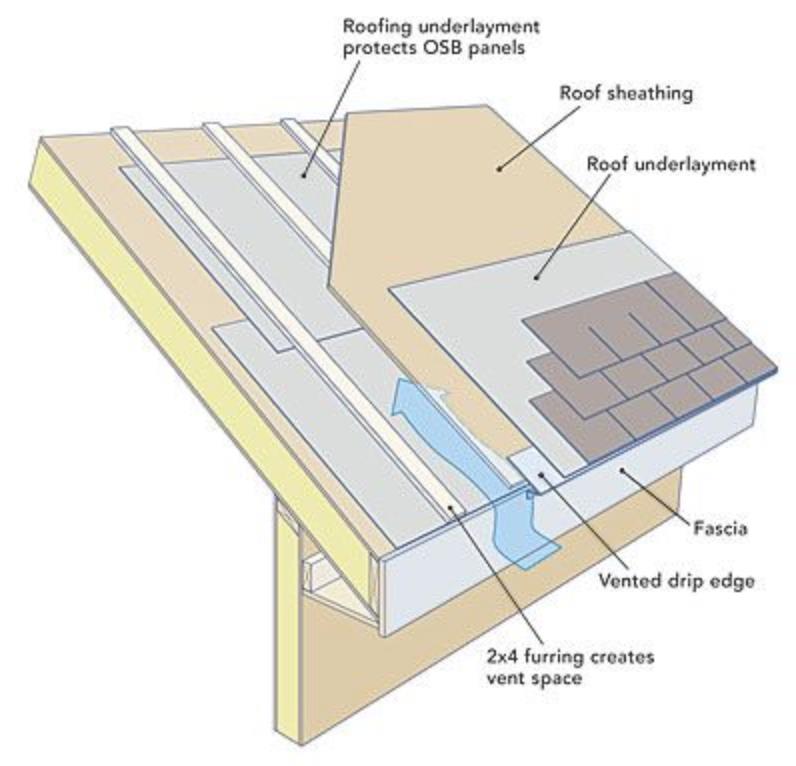

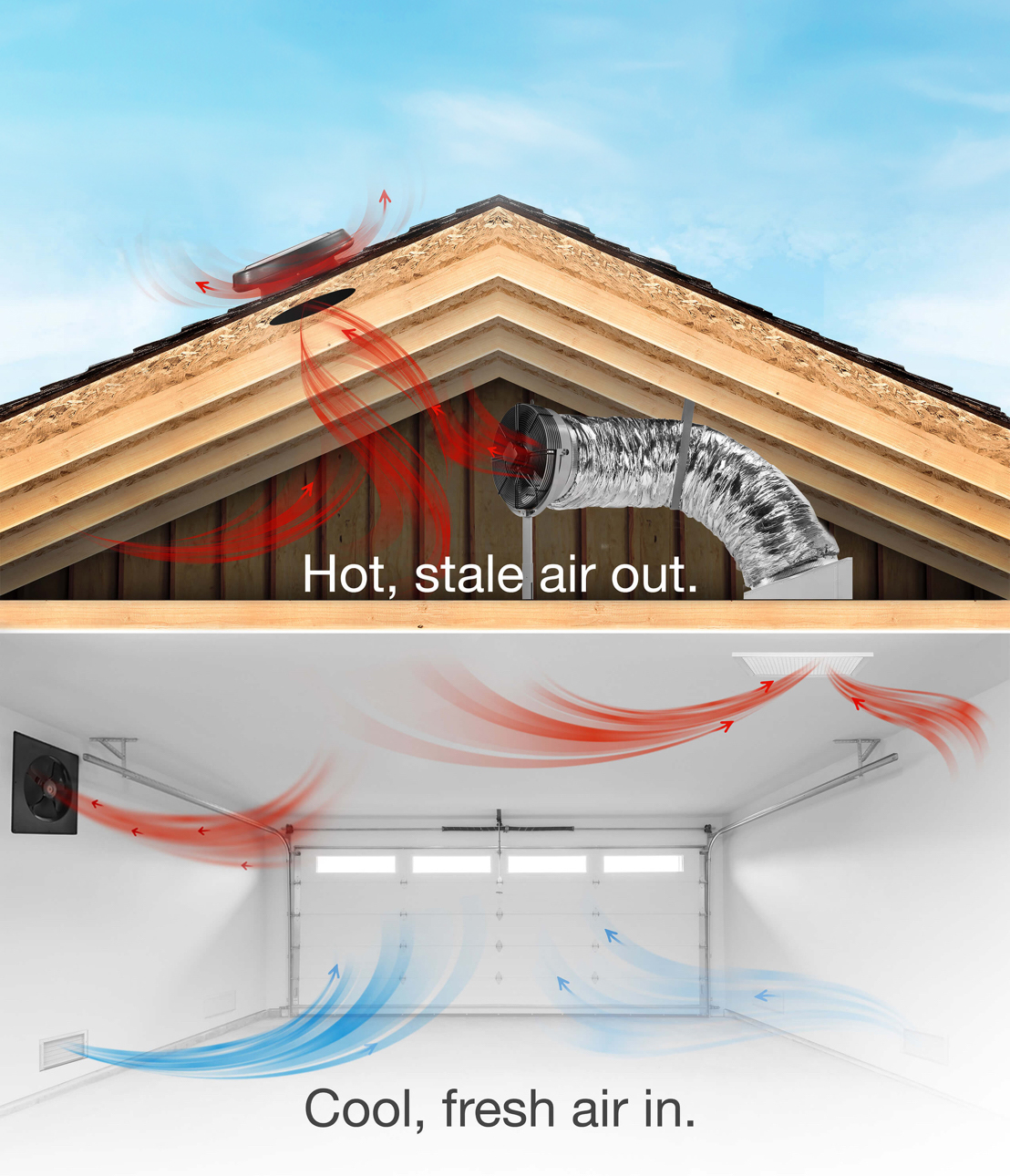
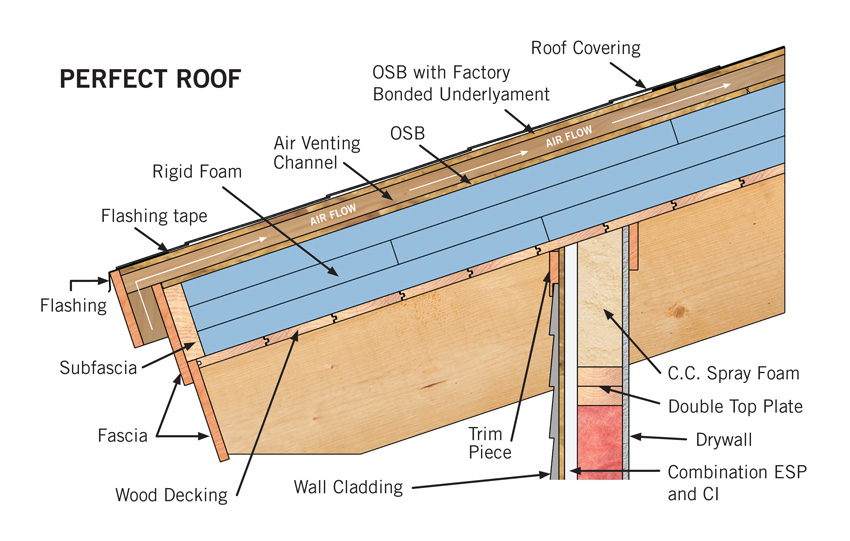



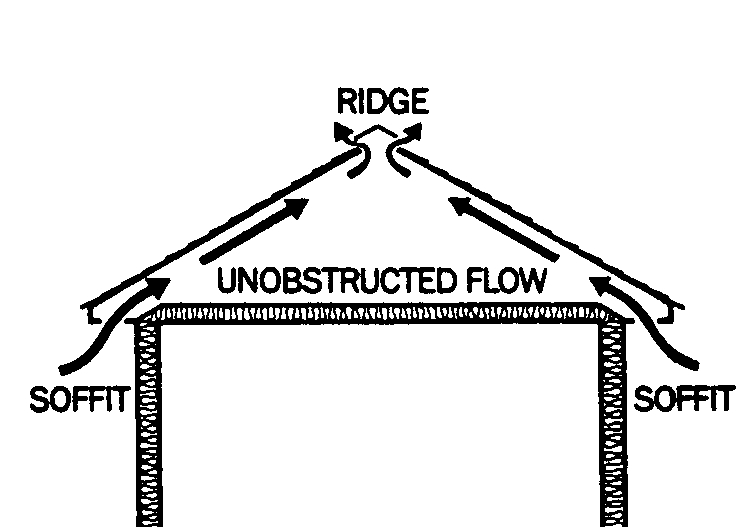










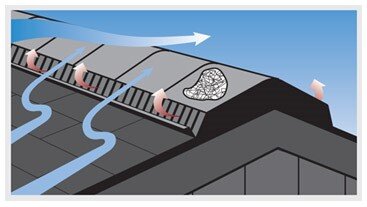

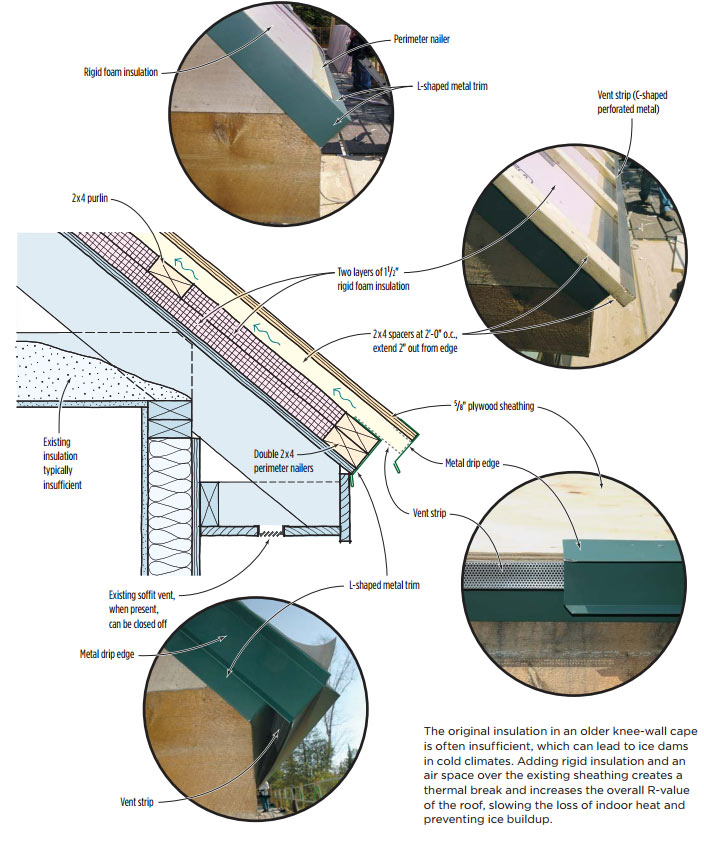






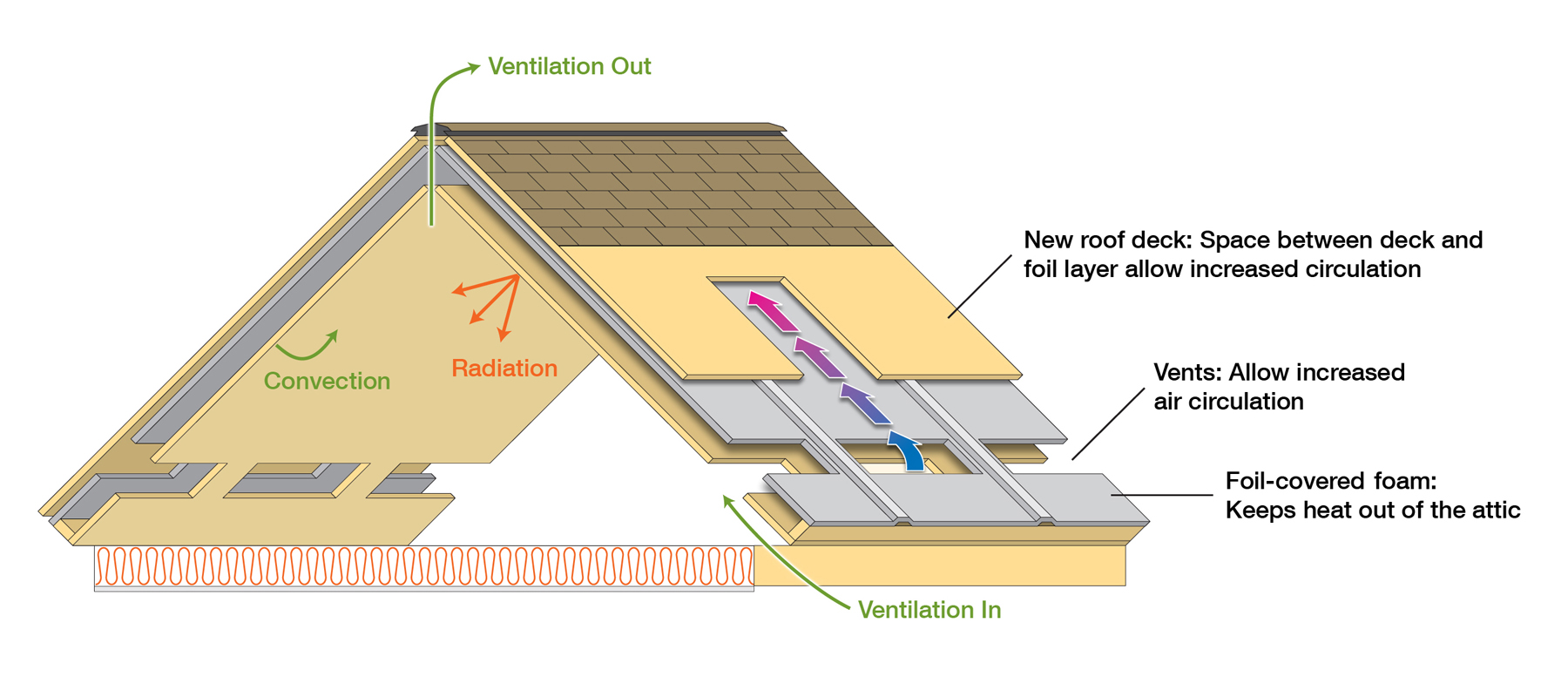
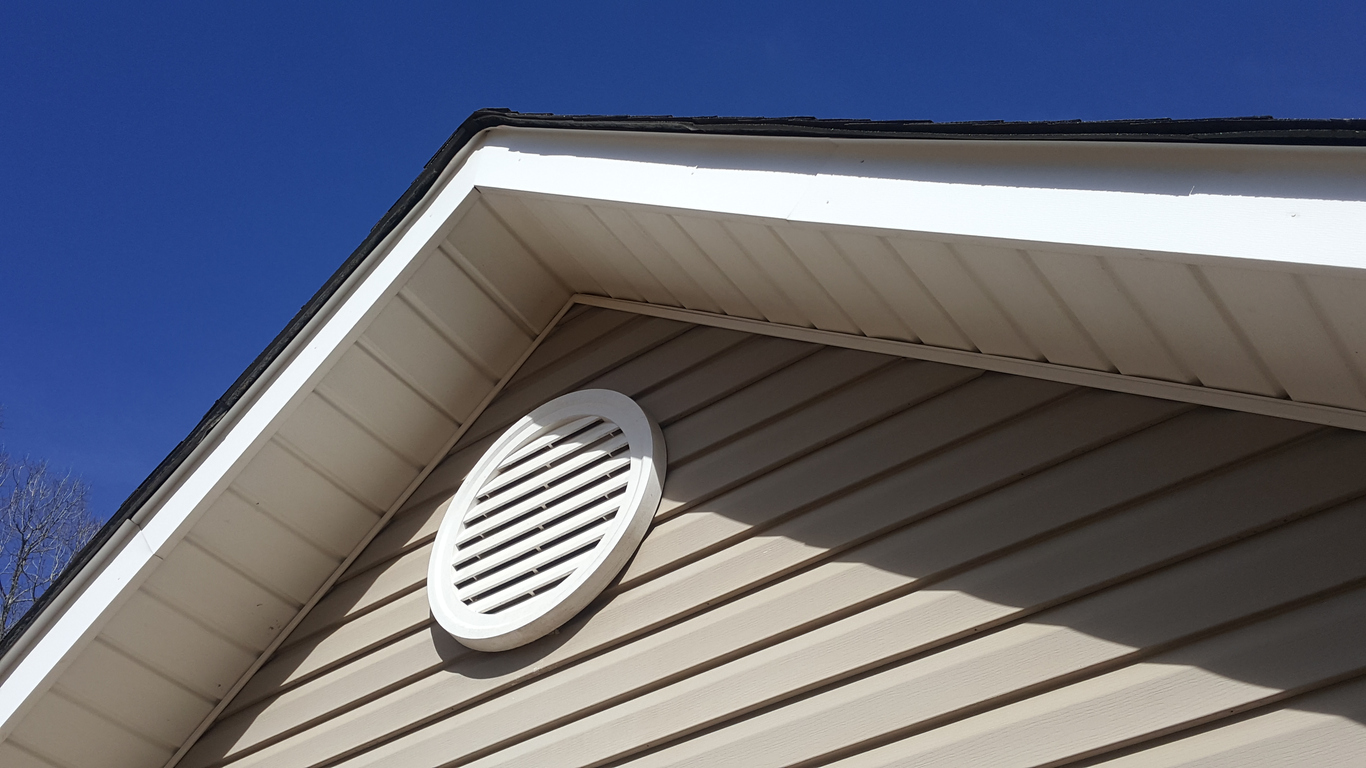

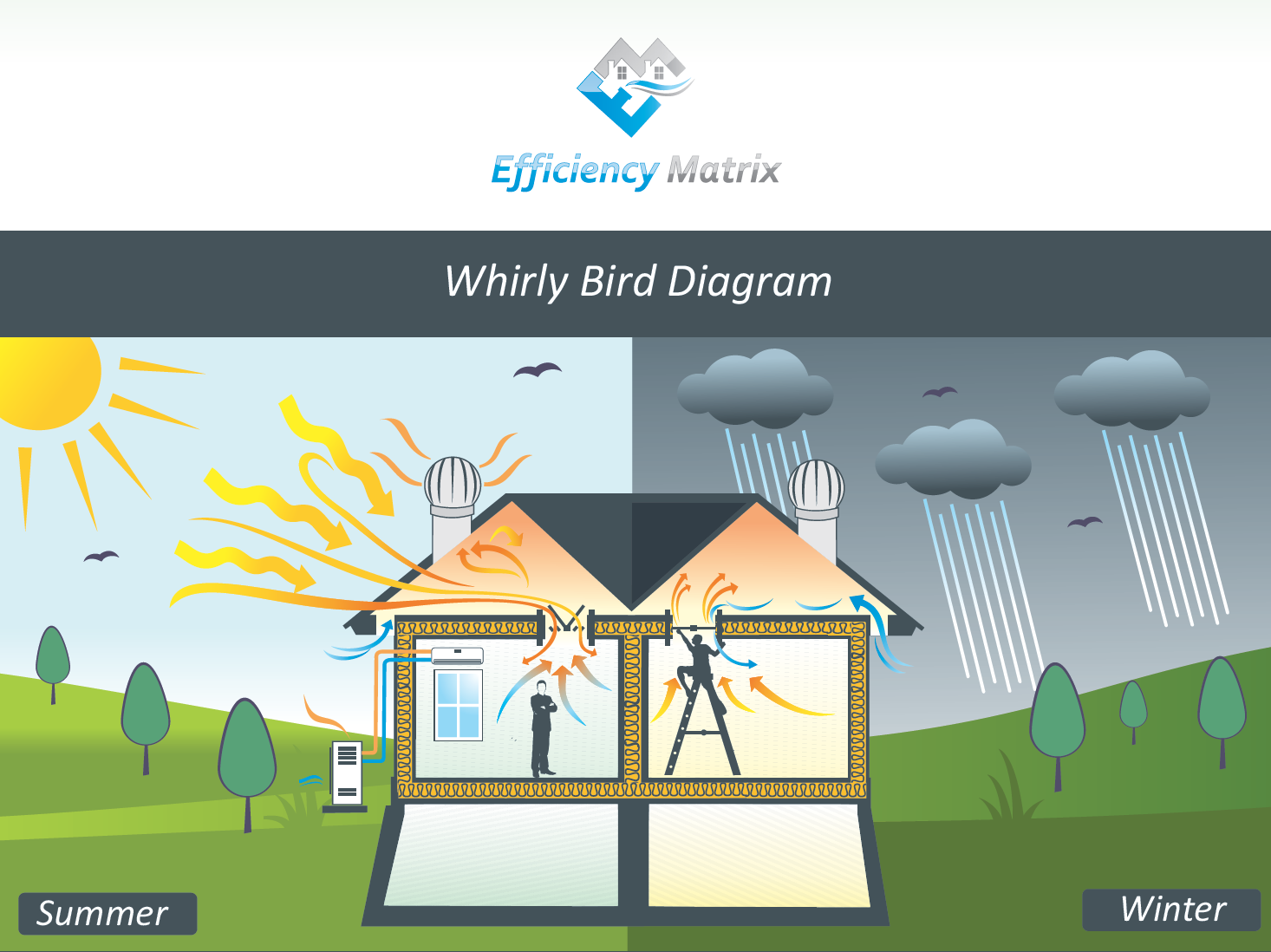



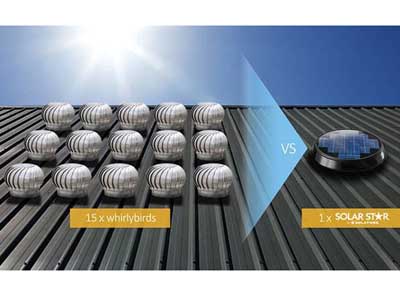

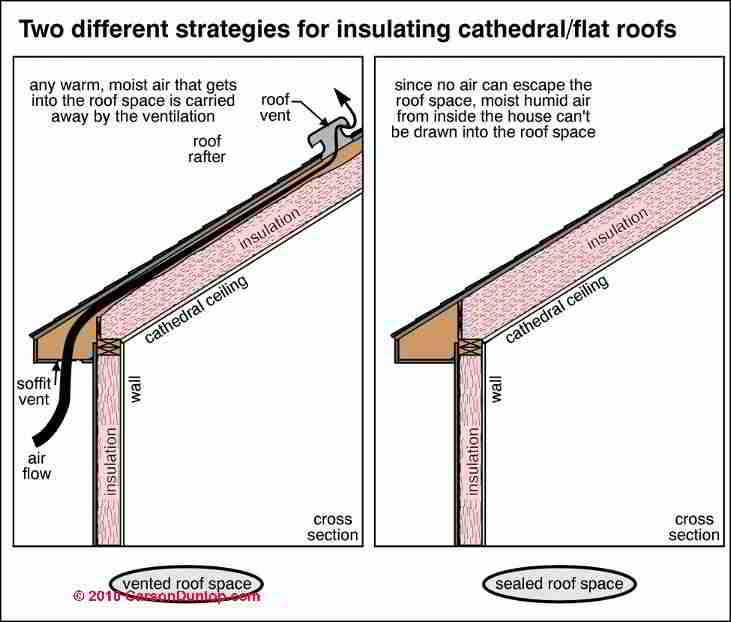

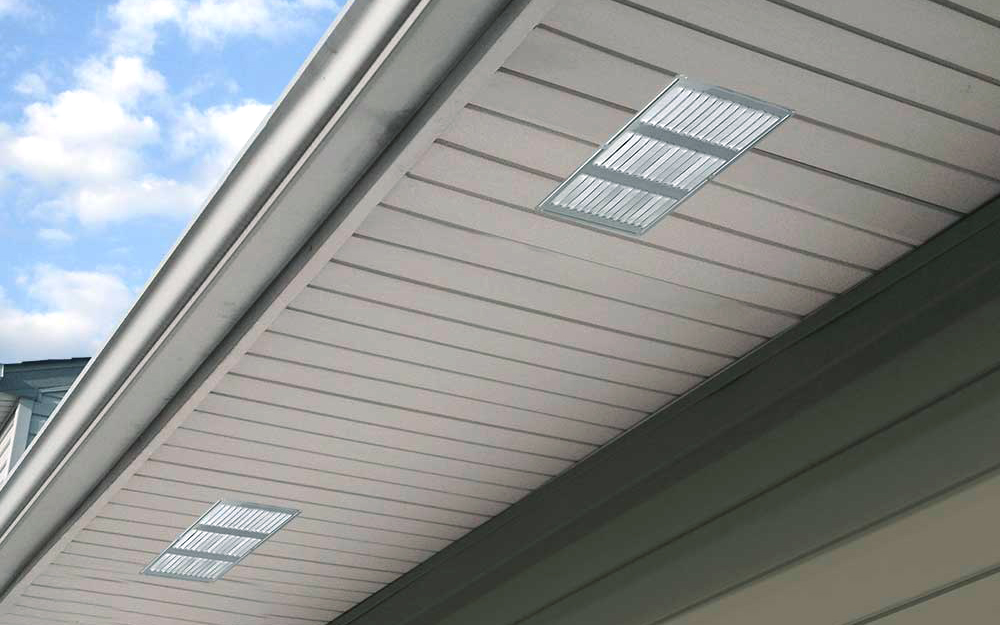
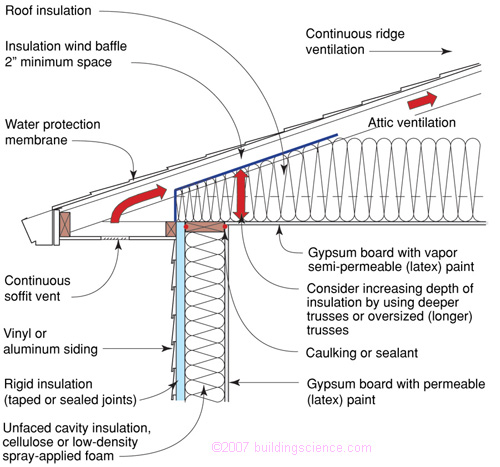
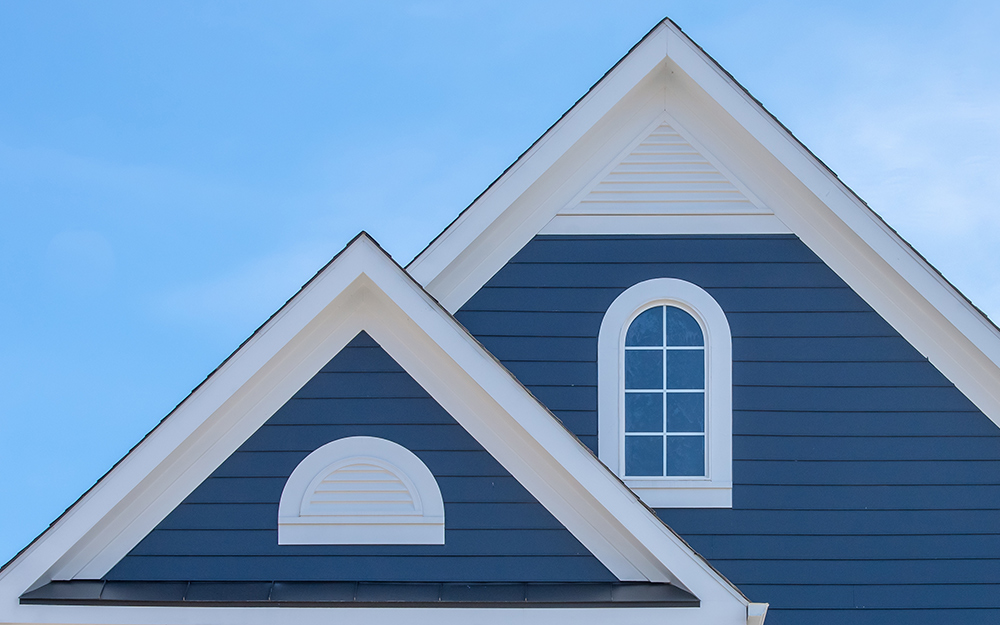



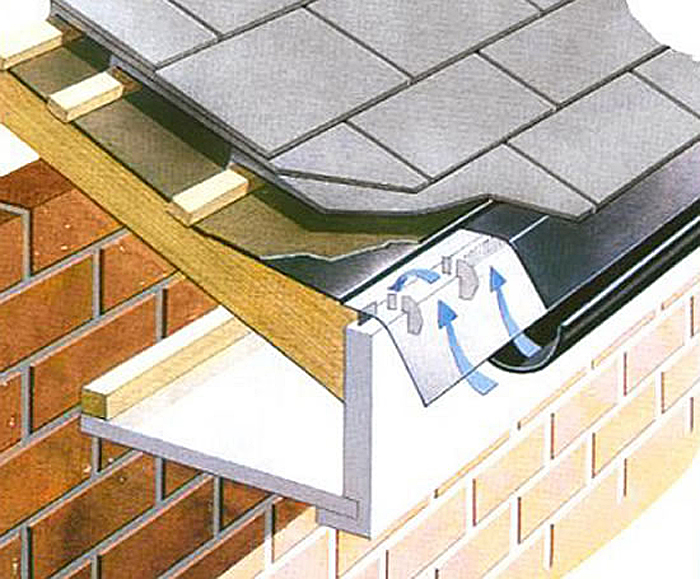




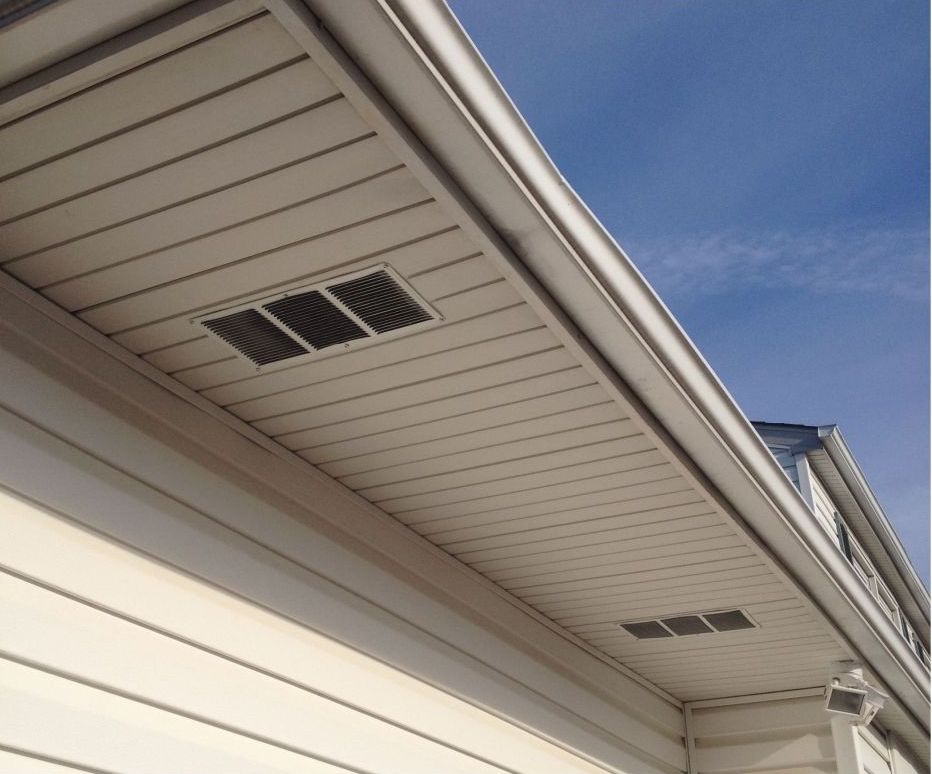






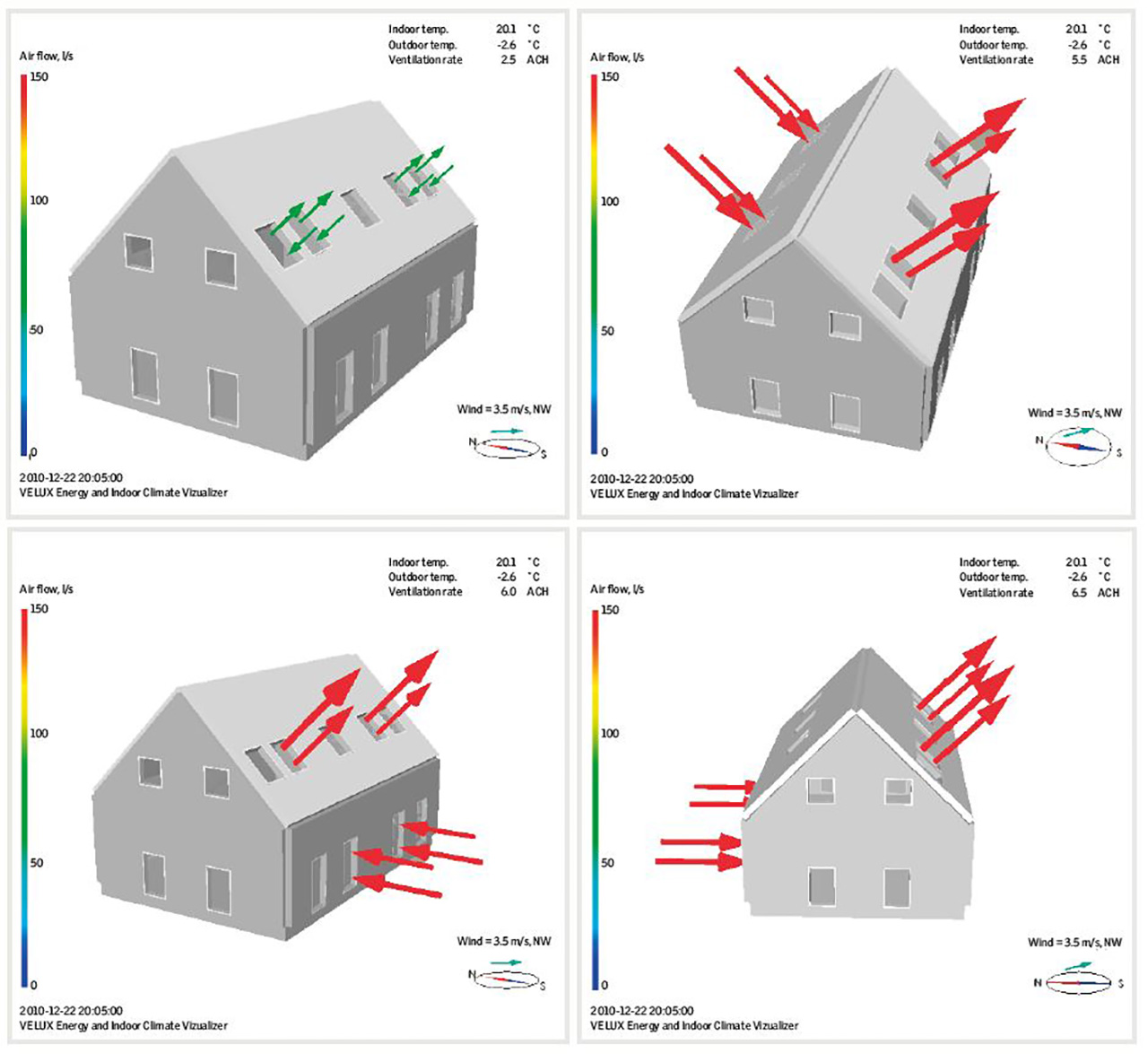
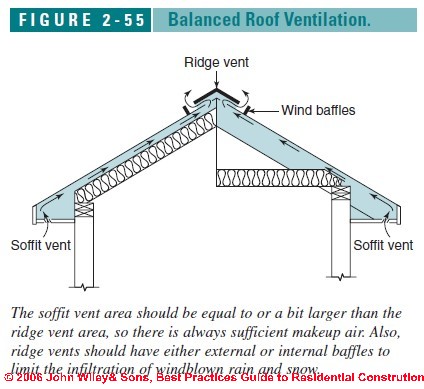



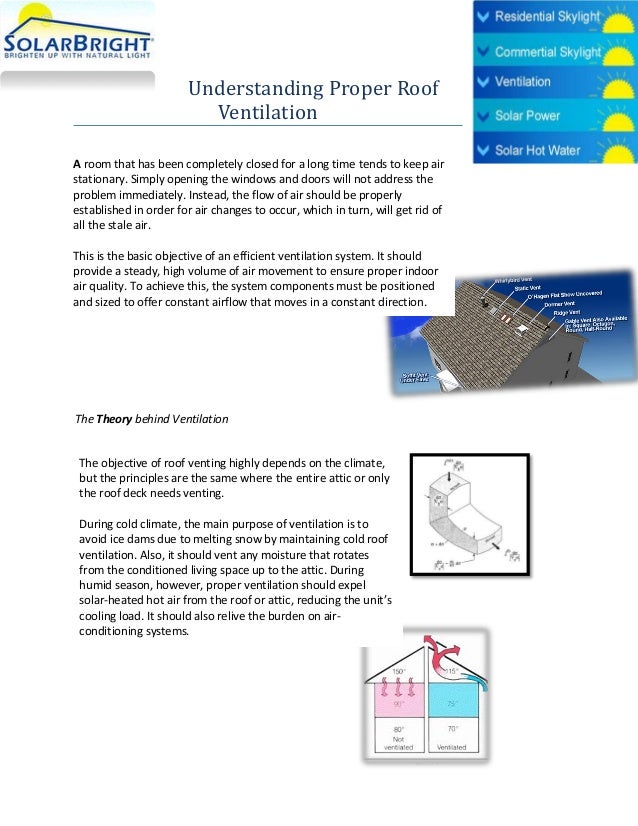







:max_bytes(150000):strip_icc()/Modernhouseroof-GettyImages-171137362-5909f11f3df78c9283d772df.jpg)


